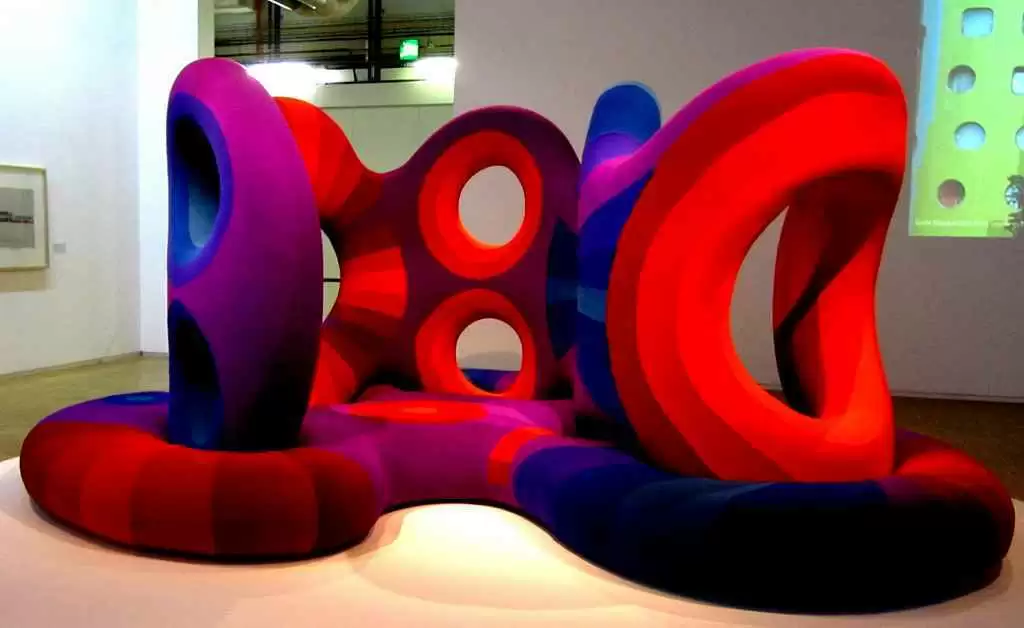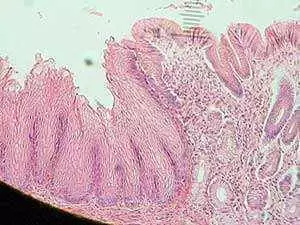
Celiac.com 06/14/2017 - Some data have suggested a connection between celiac disease and eosinophilic oesophagitis (EoE)/oesophageal eosinophilia (EE). Any potential relationship has implications for treatment. Should the two conditions be treated together, or separately?
To better understand any possible connection, and the implications for treatment, a team of researchers recently set out to characterize children with celiac disease+EE in-depth and assess the contribution of each condition to the clinical presentation and treatment response.
Celiac.com Sponsor (A12):
The research team included Anne Ari, Sara Morgenstern, Gabriel Chodick, Manar Matar, Ari Silbermintz, Amit Assa, Yael Mozer-Glassberg, Firas Rinawi, Vered Nachmias-Friedler, Raanan Shamir, and Noam Zevit. They are variously affiliated with the Institute of Gastroenterology, Nutrition and Liver Diseases, Schneider Children’s Medical Center of Israel, Petach Tikvah, Israel, the Pediatrics Center at Schneider Children’s Medical Center of Israel, Petach Tikvah, Israel, the department of Pathology at Rabin Medical Center in Petach Tikvah, Israel, and the Sackler Faculty of Medicine at Tel Aviv University in Tel Aviv, Israel.
The research team conducted a retrospective review of medical records of children with both celiac disease+EE, or isolated EoE diagnosed between 2000 and 2014. They then compared these records with those of patients with isolated celiac disease or epigastric pain. To calculate the frequency of EE, they used endoscopy results of patients with suspected celiac disease or epigastric pain between 2011 and 2014. They used a telephone questionnaire to gather missing data.
At a single large, tertiary pediatric center, the team assessed 17 patients with celiac disease+EE, 46 with EoE, 302 with isolated celiac disease, and 247 with epigastric pain. The patients with celiac disease+EE shared characteristics of both individual conditions. While age at diagnosis, family history of autoimmunity/celiac disease and anaemia were similar to most celiac patients, other characteristics such as male gender, personal/family history of atopy, peripheral eosinophilia and oesophageal white papules more closely resembled those of patients with EoE.
Most patients with celiac disease+EE tended to present with celiac-associated symptoms, and 63% went on to develop typical EoE symptoms. In celiac disease+EE patients, only 21% saw their EE resolve after a gluten-free diet; another 21% saw their EE normalize after proton pump inhibitor treatment. The rest required EoE-specific treatment.
Patients with celiac disease found to have EE share characteristics similar to both isolated celiac disease and EoE.
This study indicates that celiac patients with concurrent EE are actually suffering from two separate conditions, rather than celiac-associated eosinophilia. Therefore, in such patients, doctors should consider treating each condition separately.
Source:








Recommended Comments
There are no comments to display.
Create an account or sign in to comment
You need to be a member in order to leave a comment
Create an account
Sign up for a new account in our community. It's easy!
Register a new accountSign in
Already have an account? Sign in here.
Sign In Now